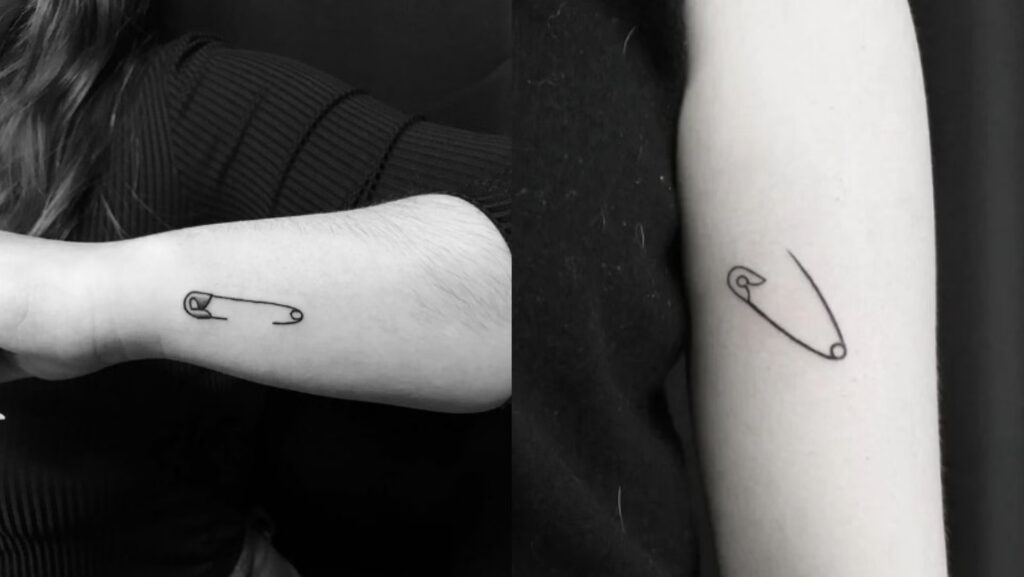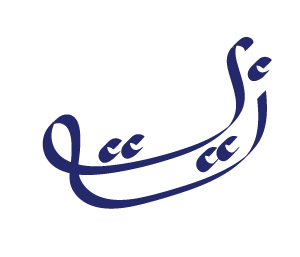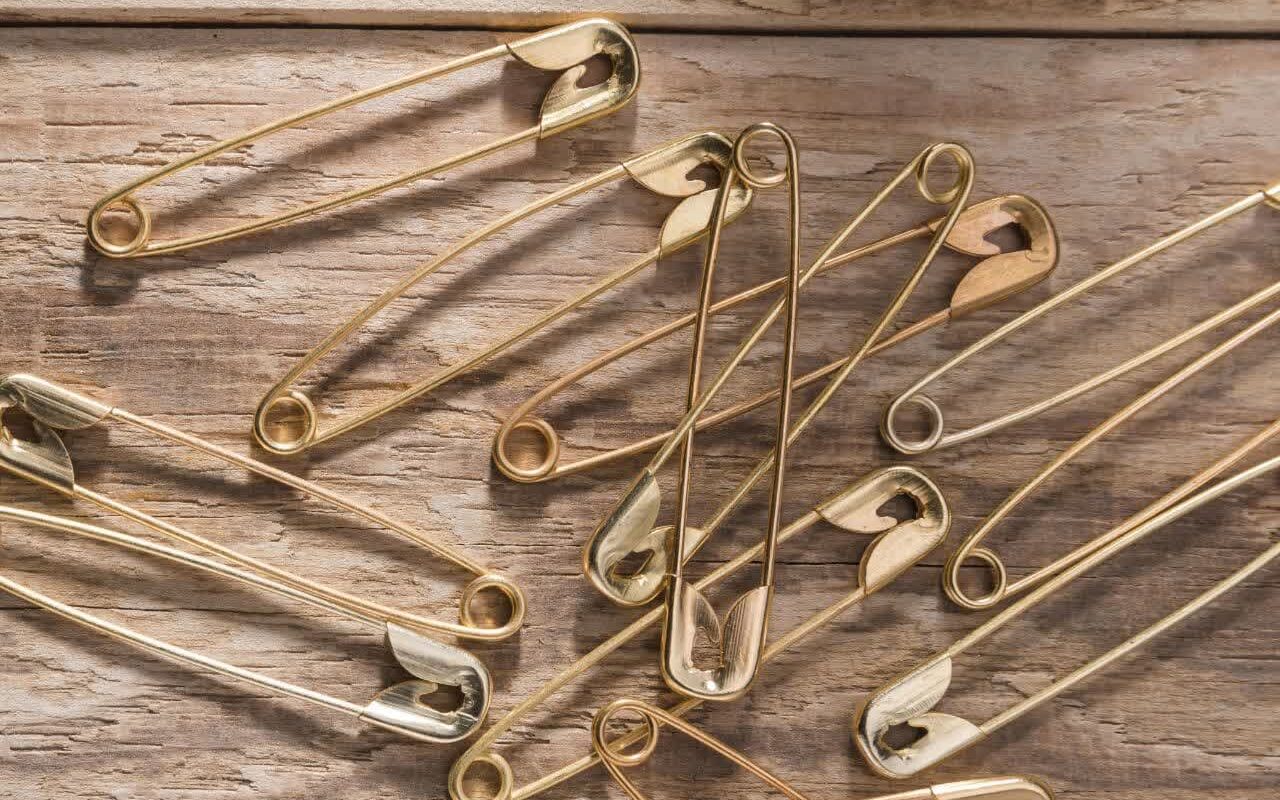Introduction
When you think of a safety pin, what initially comes to mind? A simple, practical tool for fastening things together, perhaps? But safety pins are more than just utilitarian devices; they hold deep symbolism and cultural significance that span centuries. In this extensive article, we’ll explore the history, invention, diverse uses, and different types of safety pins. We’ll also delve into their rich symbolism and cultural importance that may surprise you.
The Birth of Safety Pins
Safety pins, those familiar fasteners found in almost every household, have a history that dates back to the 19th century. In 1849, Walter Hunt, an American mechanic, patented the first design of a safety pin. This revolutionary invention became a staple in sewing kits, offering a quick and secure way to fasten garments.
The Versatility of Safety Pins
Fashion and Wardrobe
Safety pins have found their place in the world of fashion. They’re often used for quick repairs, alterations, or as fashionable embellishments. Their adaptability in the fashion industry showcases their significance beyond mere functionality.

Safety Pins in Tattoos and Jewelry
Tattoos: A Bold Expression
In recent years, safety pins have found their way into the world of body art, specifically tattoos. These tiny fasteners have become symbolic ink for those looking to make a bold and meaningful statement. Safety pin tattoos are often chosen to symbolize various ideas, such as resilience, solidarity, and resistance. They serve as a constant reminder of the wearer’s commitment to these ideals.
Safety pin tattoos are versatile and can be incorporated into a variety of designs. Some people choose a single safety pin as a minimalistic yet impactful symbol, while others incorporate them into larger, intricate pieces of body art. The beauty of these tattoos lies in their simplicity and the depth of meaning they carry.

Jewelry: A Fashion Statement
In the realm of jewelry, safety pins have also become a fashionable accessory. What was once a simple fastener has transformed into an eye-catching element of style. Safety pin jewelry is edgy, unique, and carries a hint of rebellion. It’s not just about functionality; it’s about making a fashion statement.
Safety pin earrings, necklaces, and bracelets have become popular choices among those looking to express their individuality. They are often adorned with various embellishments and come in different materials, from classic silver and gold to more unconventional options like leather and plastic.
Safety pin jewelry is not limited to any specific gender or age group. It transcends boundaries, making it a versatile accessory for anyone who wants to add a touch of uniqueness to their style.
Medical Uses
Safety pins are not limited to the realm of fashion. They have been employed in various medical applications, from securing bandages to assisting in medical procedures. This versatility underscores their importance in ensuring the safety and well-being of individuals.
The Many Types of Safety Pins
Safety pins come in various shapes and sizes, each designed for specific purposes. Common types include the classic coiled pin, the curved pin, and the kilt pin, which is adorned with decorative elements. Understanding the distinctions between these types can help you choose the right one for your needs.
The Symbolism and Cultural Significance
Safety pins carry deep symbolic weight and cultural importance in different contexts.
A Symbol of Solidarity
During times of political or social unrest, safety pins have been worn as symbols of solidarity and support for marginalized communities. This small accessory becomes a powerful statement of unity against discrimination and injustice.
An Emblem of Creativity
In the world of art and self-expression, safety pins are often used to create unique jewelry and clothing. This artistic application highlights their role as a symbol of creativity and individuality.
Conclusion
In this comprehensive exploration of safety pins, we’ve unveiled not only their history, invention, and various uses but also their profound symbolism and cultural importance. These unassuming fasteners have a remarkable ability to transcend their everyday functions, symbolizing unity, creativity, and support during trying times. Safety pins have gone beyond their traditional use as functional fasteners. They have evolved into symbols of meaning and rebellion, finding a place in the world of fashion. Whether inked on skin or worn as fashionable accessories, safety pins continue to be emblematic of individuality, creativity, and a bold spirit. These trends demonstrate how everyday objects can take on new life and significance in unexpected ways.
FAQ
What is the origin of safety pins? Safety pins were first patented by Walter Hunt in 1849, marking their entry into the world.
How are safety pins used in fashion? Safety pins are utilized in fashion for quick repairs, alterations, and even as decorative elements.
What are the different types of safety pins? Common types of safety pins include the classic coiled pin, curved pins, and kilt pins, each designed for specific purposes.
Why are safety pins associated with symbolism and cultural significance? Safety pins have been worn as symbols of solidarity and support during times of social and political unrest, making them emblematic of unity and creativity.
Are safety pins used in the medical field? Yes, safety pins are employed in medical applications, such as securing bandages and assisting in medical procedures.
How can I use safety pins creatively? Safety pins can be used to create unique jewelry and clothing, allowing individuals to express their creativity and individuality.

